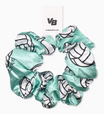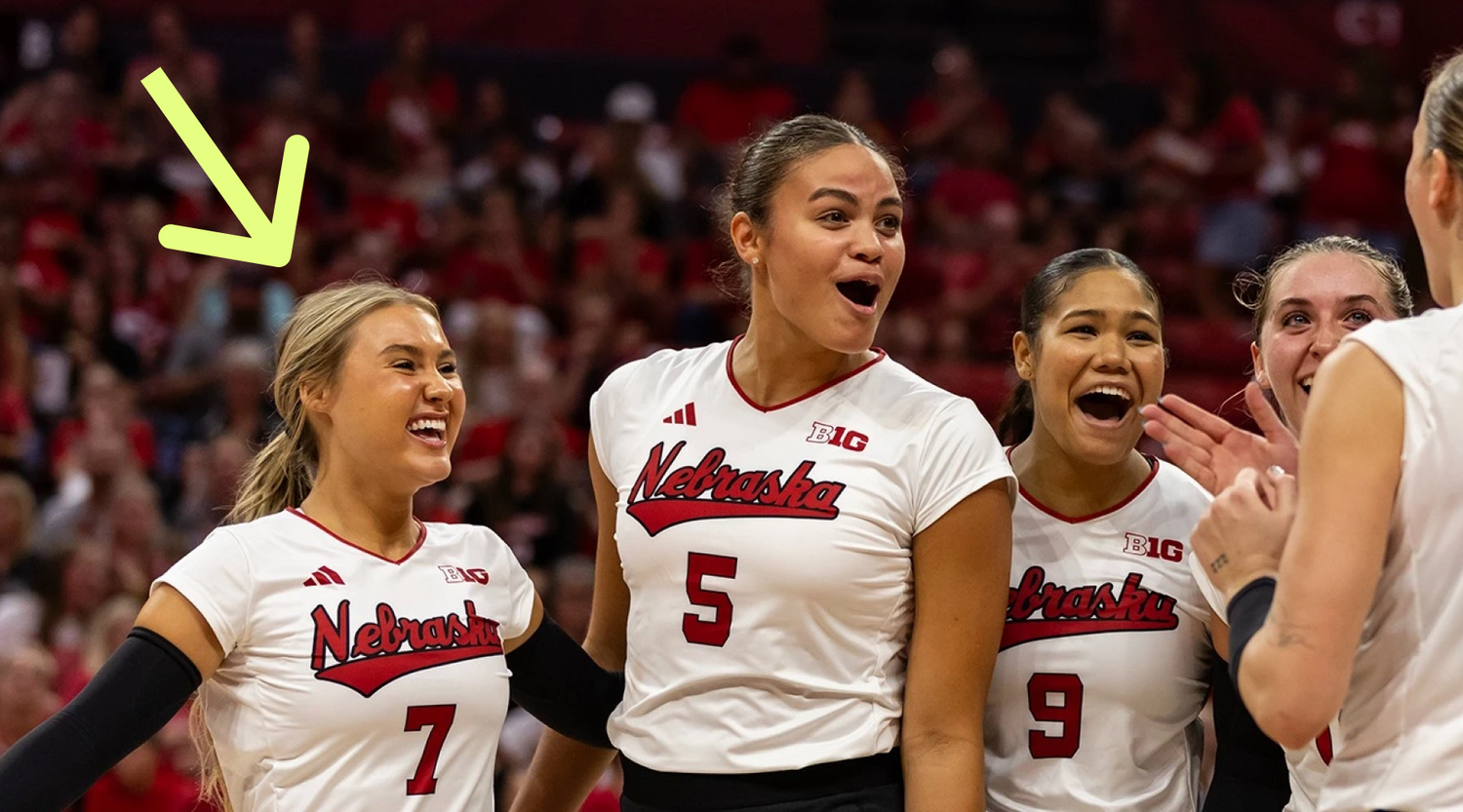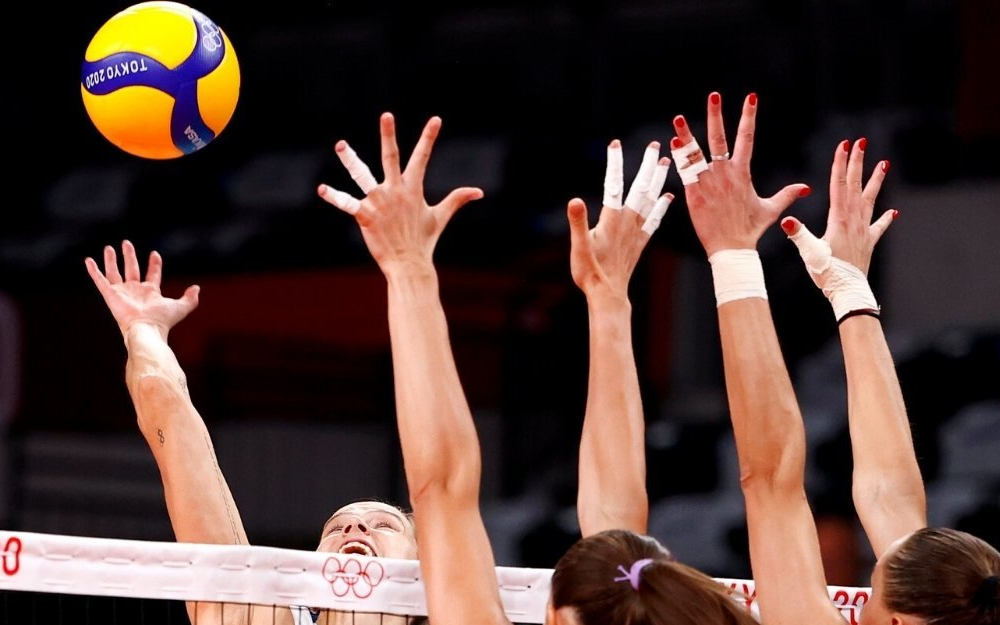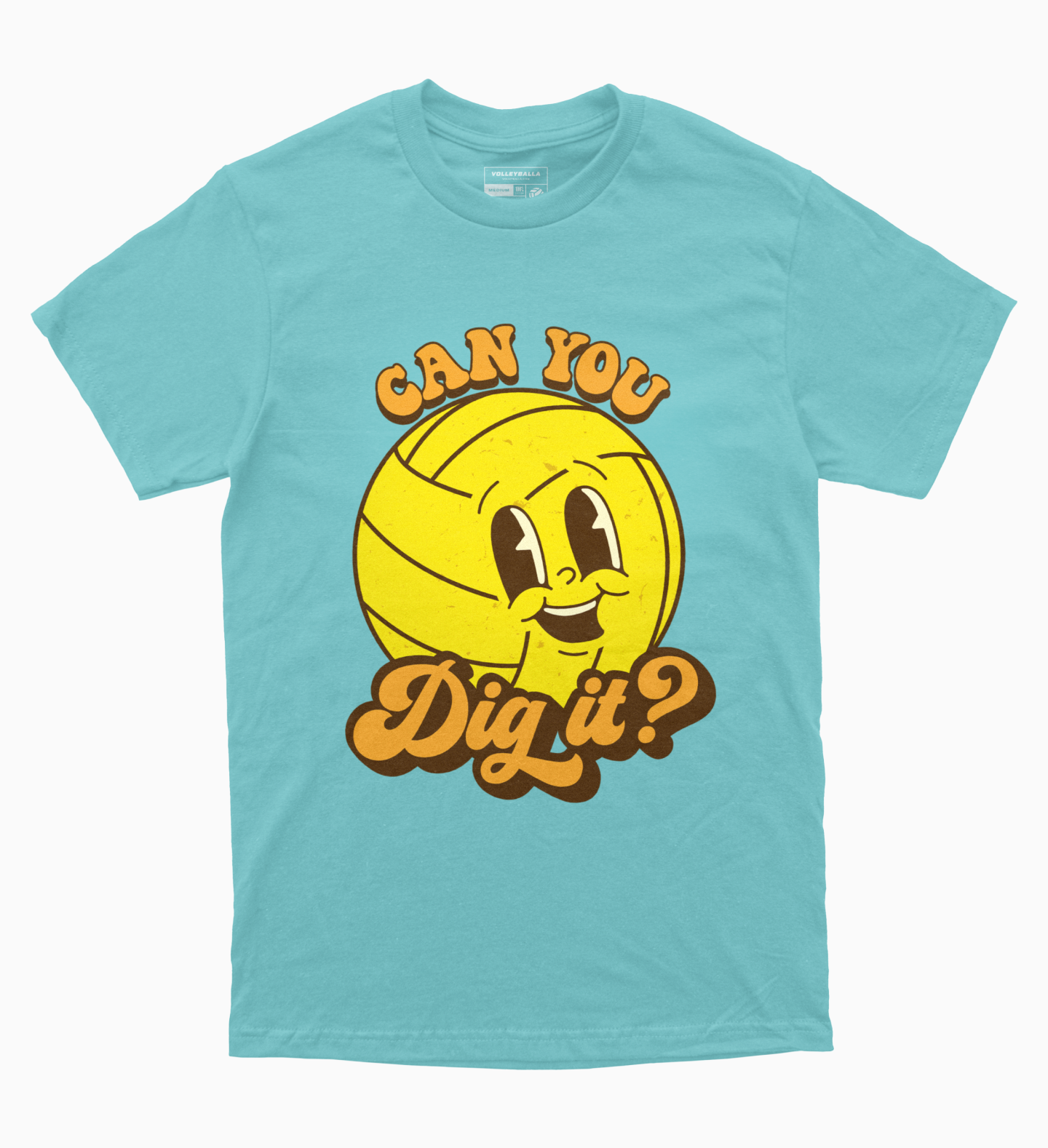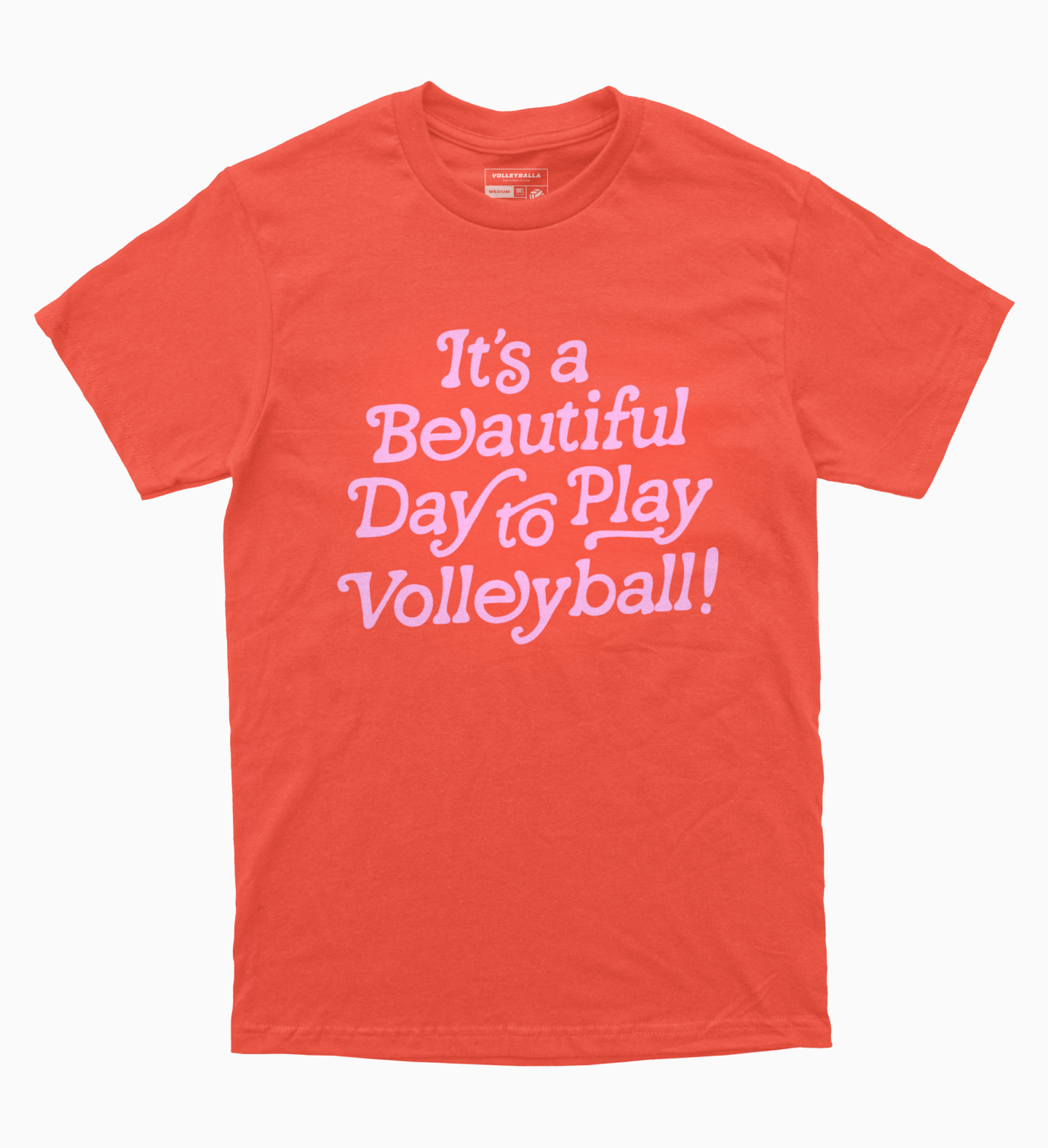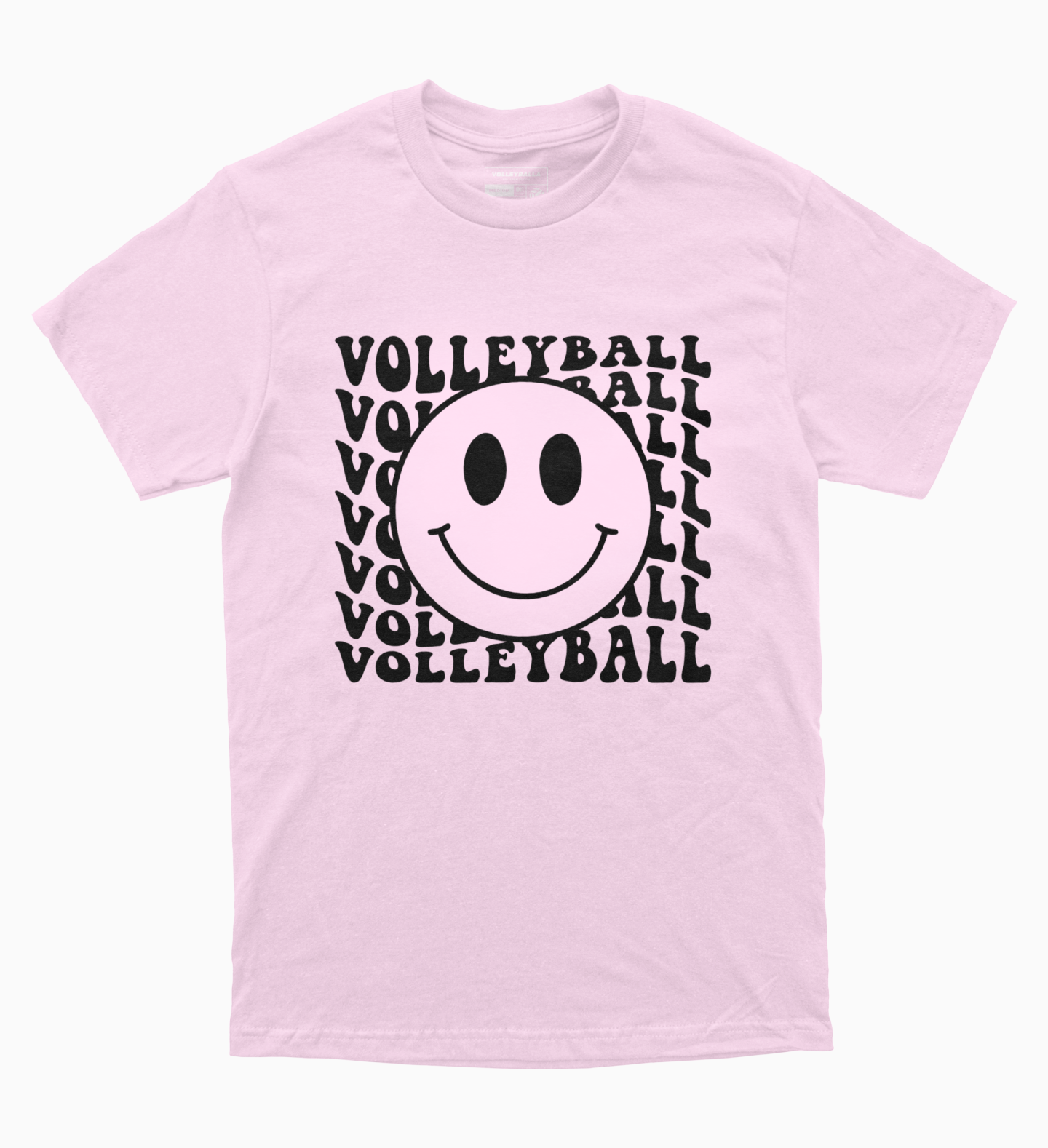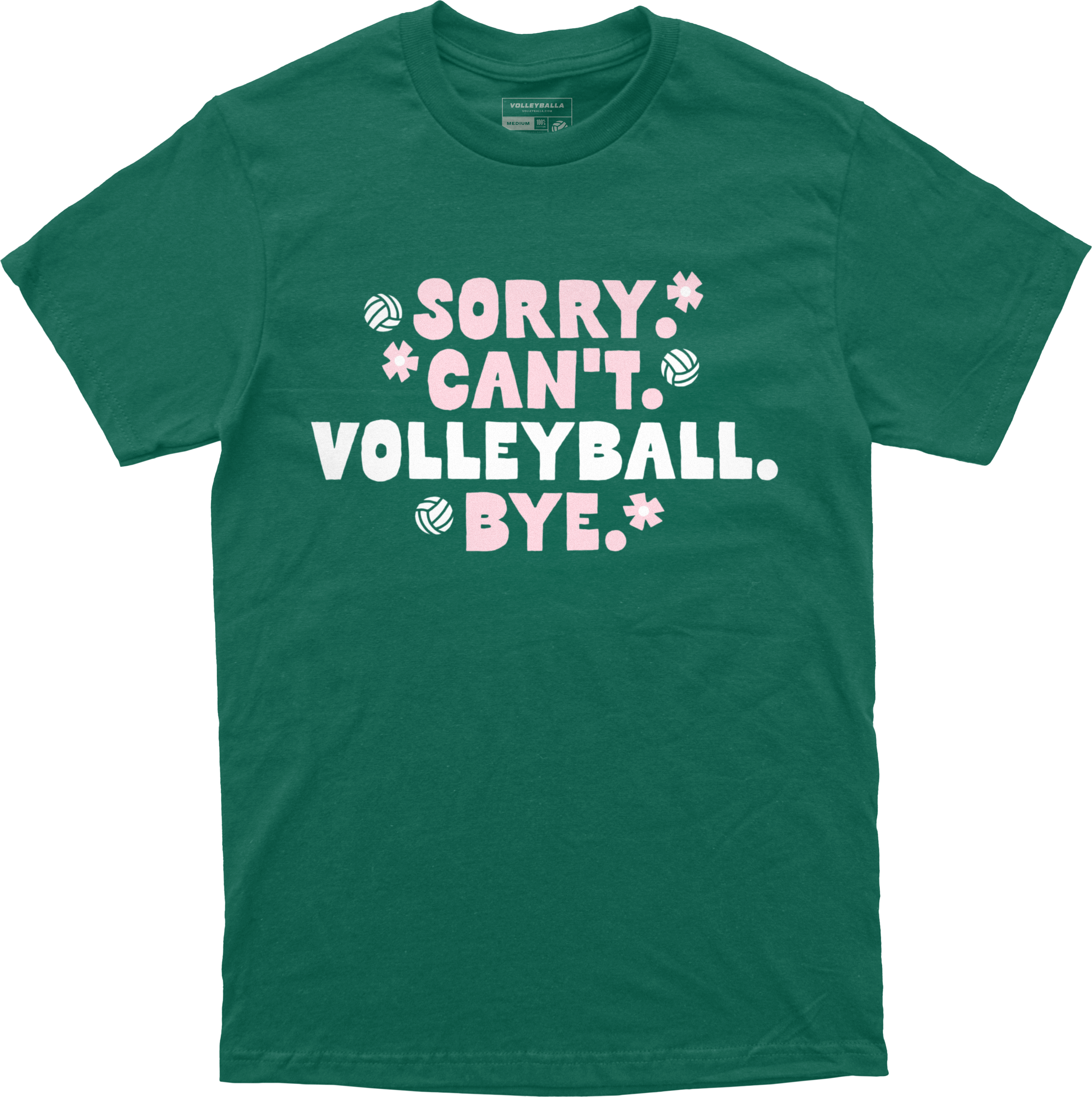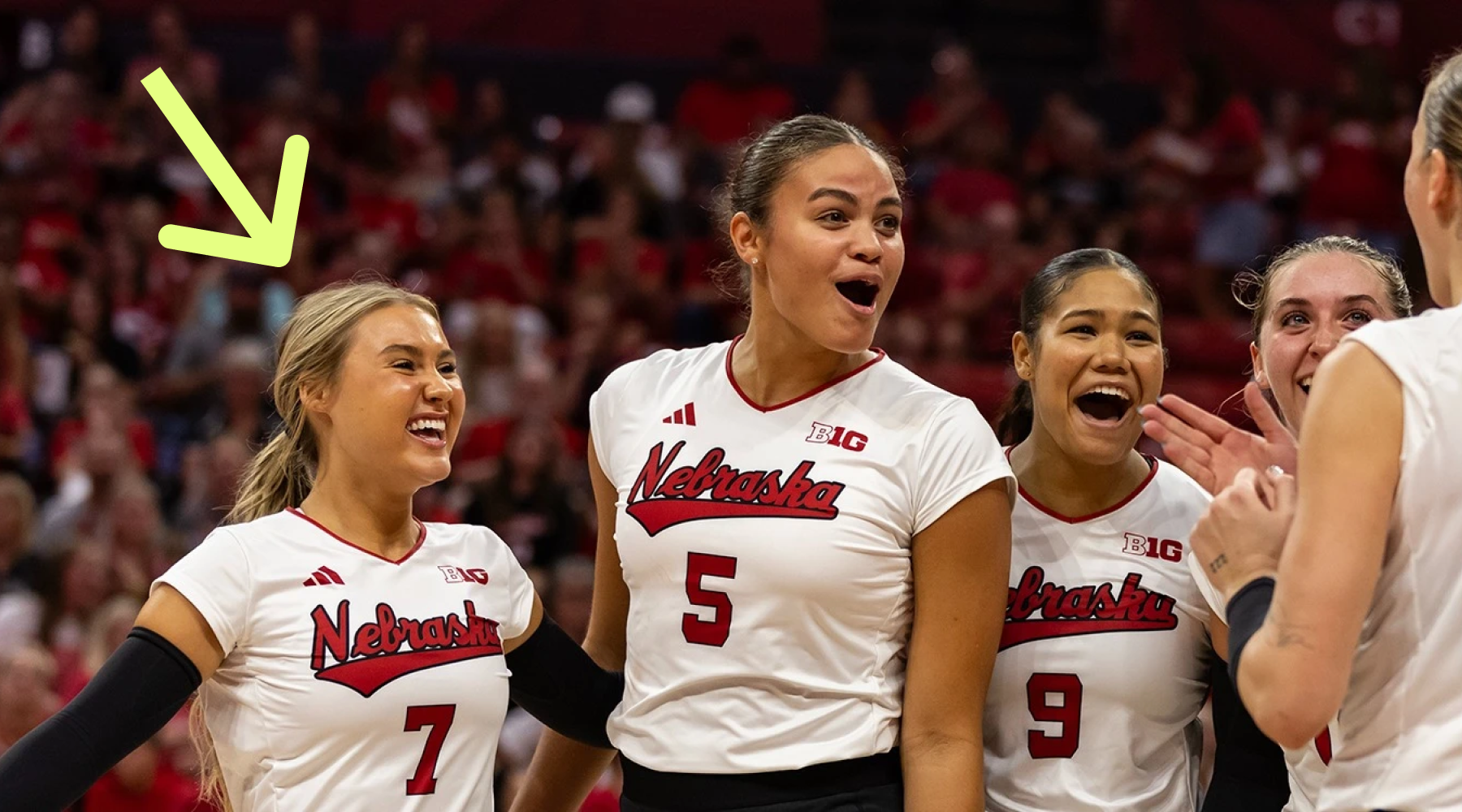Ever been puzzled by the term 'DS' in volleyball? Or perhaps you've noticed a shorter player consistently subbed in and out of the back row, but they're *not the libero*. Who and what is this position? Don't worry, read on to understand the purpose of the Defensive Specialist (DS) position in volleyball and why they're an essential part to any team's defense.
What Does 'DS' Mean in Volleyball: Defensive Specialist
The acronym, 'DS', stands for Defensive Specialist, a foundational position to a well-rounded volleyball defensive system. The DS is not to be confused with the libero position, whom wears a different color jersey on the court. They are two separate positions and most teams have both a DS and a libero in the back row.
What Does a Defensive Specialist Do?
The DS is a player solely dedicated to defense on the volleyball court (in addition to the libero). DS players usually have exceptional ball control and outstanding digging skills. They excel in serve reception, passing, and defense. It's a tough role that requires quick reflexes, agility, and discipline. Just like the libero, they're usually on the shorter side since they only play the back row.
The DS's key responsibilities can be broken down into 3 parts.
- 1) Beneficial defensive substitution for a front row player: When it's the front row player's turn to roate to the back row, the DS can come in and play defense for them instead. This enhances individual strengths of the team: the defensive specialist can solely focus on defense, while the front row player can focus solely on offense. Note: DS's are not used for 6-rotation hitters (meaning, the hitter plays 'all the way around' and is never subbed out).
- 2) Support and compliment the libero: While the libero gets more accolades in volleyball and is easier to spot with their different color jersey on the court, the DS is often right there with them to make important defensive plays. Depending on which spot the DS is playing on court, they will dig cross-court, line, or roll shots, provide hitter coverage, bump out-of-system (OOS) sets, and be responsible for reading tips and setter dumps. It is often said that if a team has an excellent DS, they have an unfair advantage because they essentially have '2 liberos' on the court. Ultimately, the best defensive teams have both a strong libero AND a strong DS.
- 3) Tough and consistent serving: DS's are also utilized to serve for their respective front row sub. With long serving runs, they're able to stay on the court longer (alongside the libero) and provide a stronger back row defense to counter the opponent's hitters.
Is the Libero or DS better at Defense?
The gap in defensive skills between a team's libero and DS can vary due to many reasons. The libero usually has a slight edge over the DS in terms of skillset, hence why the coach has them on the court more, but sometimes it simply comes down to strategy. Here a few reasons why a player may be assigned the DS role versus the libero, not based solely on who is the 'better' defensive player:
- They're able to play the front row and be a viable back-up for a hitter underperforming during a match. Liberos can not play the front row or attack.
- In the NCAA, for example, a young DS may be there to learn from and shadow a veteran upperclassman libero before taking on the role officially.
- They have the right defensive skills and ability, but are not natural leaders or lack the strong communication needed to be the libero.
However, it is commonly accepted that the libero is the team's overall best defensive player.
Where the DS Plays on the Volleyball Court
The defensive specialist position depends on the location of the two other back row players, usually the libero and setter. Typically, the DS plays wherever the libero is not:
- If the libero is playing middle back, the DS player will play left back.
- If the libero is playing left back, the DS player will play middle back.
- Advanced DS positioning: Though rare, certain NCAA college volleyball programs and professional teams will sometimes have a DS play in the right back when the setter is in the front row. This strategy is also utilized at the higher level because many hitters are 6-rotation hitters and stay in the back row as an additional attacking option.
Keep in mind: the strategy for the positioning of the DS player may differ based on the age division and playing level. For example, young club volleyball age divisions (11U-13U) might not even have a DS position as most players are not specialized yet and still learning the game. As the level of play advances to collegiate (NCAA) and professional leagues, the DS’s positioning becomes much more strategic.
Bottom Line: The DS Position is Crucial to Any Volleyball Team
While the DS might not make the most conspicuous plays or score flashy points like an outside hitter, their role is equally as vital to the team's overall success. It's the behind-the-scenes work of the DS that often separates an incredible defense from a good defense. They constitute the backbone of the back row, keeping the ball in play alongside the libero. As Nebraska Cornhuskers Volleyball Head Coach John Cook says, "Defense wins championships," and highly successful teams almost always have an excellent DS.












